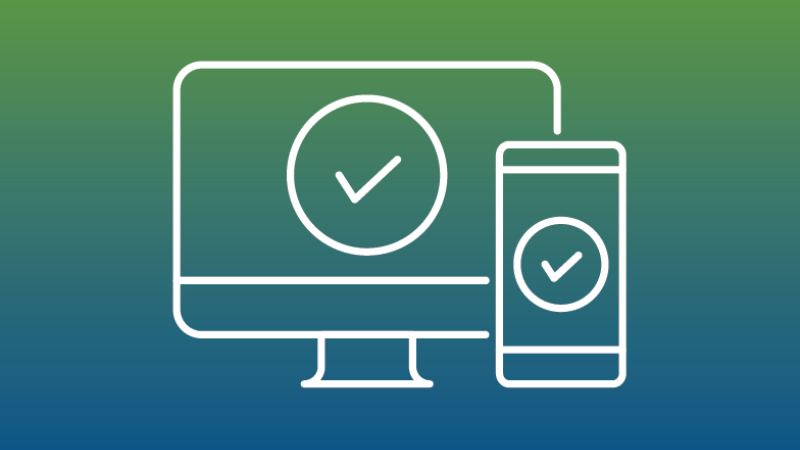
Having a verified website in recent year’s website verification provides proof of ownership and legitimacy for a domain. It helps build trust with users and your search engine rankings. Here’s an overview of website verification and why it matters. Website verification is the process of proving you own and control a domain adding metadata to your website code. It inserts a verification code or Meta tag into the HTML of your site. Popular services like Google Search Console, Bing Webmaster Tools, and Yandex Webmaster all provide verification codes.
Uploading a file to your server some services will ask you to upload a specific file to your root domain to confirm you have access. Common examples are uploading an HTML file for Google Analytics or a text file for Interest website verification. Configuring a DNS record involves adding a DNS TXT record with the verification token provided. Facebook, Cloud flare, and Slack use DNS verification. Proving domain ownership the online website to do this, you must demonstrate you control the domain name by clicking a verification link sent to the registered WHOIS email address or adding a verification code to the DNS. Domains purchased through some registrars are automatically verified.
Search engines Google, Bing, Yandex, and search engines prioritize verification it harder for scammers or impersonators to create 먹튀사이트 pretending to be you. It proves to Google you’re the legitimate owner. Access to tools Many powerful webmaster tools like Google Search Console require verification to access full functionality. You’re missing out if your site isn’t verified. Trust and security adding trust badges like SSL and verification codes indicates you have nothing to hide. Users feel more secure entering data on verified sites.
Ad placement google Ads requires verification for submitting and approving ads. Unverified sites see ads blocked or limited. Engagement some social media platforms like Facebook and Twitter only allow messaging or ad targeting for verified domains. Indexing search engine crawlers may index verified pages faster and more thoroughly. It improves rankings and traffic.
Verify your website
The main steps for website verification include:
- Register your site with verification services like Google Search Console, Bing Webmaster Tools, Pinterest, Yandex, and any others relevant to your niche.
- Follow the prompts to add the verification code to your site through meta tags, DNS records, or other methods.
- Click the confirmation link sent to your registered domain email address.
- Check that the verification status shows as successful.
- Add trust badges like the SSL seal and site verification badges where appropriate.
- Verify any other related domains like subdomains to strengthen the connection.
- Periodically check your verification status and renew expiring codes.
Take the time to your website across top services. The search visibility, brand security, tools access, user trust, and marketing benefits make verification well worth the small time investment. A verified website you are the legitimate owner and help build credibility with search engines and visitors alike.







